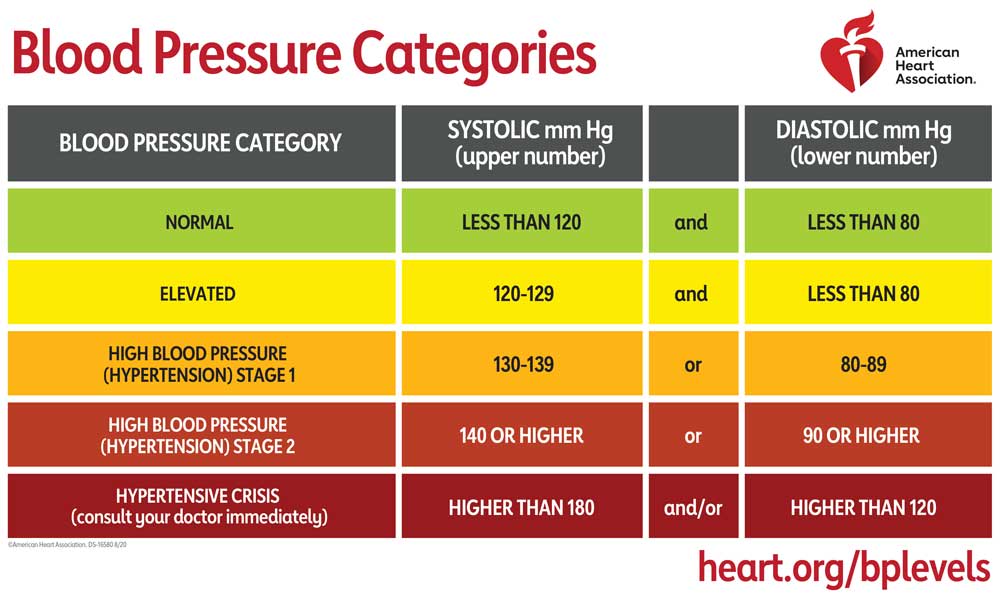High blood pressure – also known as hypertension, is a condition we often associate with doctor visits, but how many of us keep tabs on our numbers at home? Regular at-home monitoring is a simple, cost-effective way to take charge of your health, and we strongly encourage patients to consider it.
According to the American Heart Association (AHA), nearly 47% of adults in the U.S. have high blood pressure. As we age, our blood vessels naturally begin to stiffen and lose elasticity, which can elevate pressure in the arteries. Left untreated, hypertension can lead to serious complications including kidney damage, heart failure, stroke and heart attack – all of which can be life-threatening.

Anyone with high blood pressure, or risk factors such as diabetes, kidney disease, or a family history of hypertension, can benefit from monitoring their blood pressure regularly. It allows patients to track how well lifestyle changes or medications are working and helps detect any concerning trends early.
Tips for Accurate Readings
- Choose the correct cuff size. A cuff that is too tight or too loose can result in inaccurate readings. It should fit snugly around your arm with just enough room to slide one finger underneath. Most monitors come with a standard-size cuff, but you may need a different size depending on your arm.
- Be consistent with timing. Check your blood pressure the same time every day. Avoid over checking, which may lead to unnecessary anxiety. A single high reading isn’t always cause for alarm – but a pattern may be.
- Prepare properly. Avoid caffeine, smoking, or exercise for at least 30 minutes before a reading, as they can temporarily raise blood pressure. Sit quietly for five minutes beforehand, keeping your back supported and feet flat on the floor. Rest your arm at heart level and avoid talking or moving during the measurement.
- Compare with in-office readings. Occasionally, home monitors need recalibration. If your device consistently shows abnormal readings, bring it to your physician’s attention. Look for patterns and discuss any concerns with your healthcare provider.
Your physician can help guide you toward a reliable, user-friendly monitor that fits your needs. If you haven’t had this conversation, consider making it a priority at your next appointment.
Need a physician? Call 914.849.MyMD (6963).
